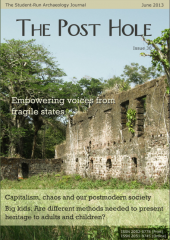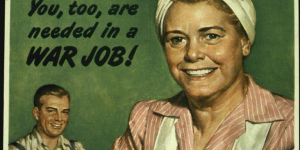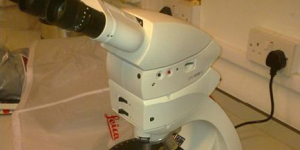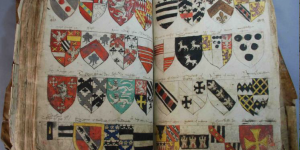Welcome to what I hope will be a fascinating issue of The Post Hole! However, it is not just another issue, it is the 30th issue! Since it was established in 2008, The Post Hole has given students, academics and anyone else with an interest in the past the opportunity to share and discuss their work and views with one another. It is this benefit that The Post Hole aims to offer to as many people as possible, regardless of background or location.
I am delighted with the success that this truly unique journal has had in achieving the aforementioned aim. The Post Hole always aims to provide a reputable platform for the dissemination of research and activities of people, whilst ensuring that that platform is highly accessible through its engaging content and methods of delivery. With such excellent contributions from all our authors, the editorial team rarely has to worry about the accessibility of the tone of The Post Hole; instead, we have been working hard to constantly innovate the ways in which The Post Hole reaches out to large audiences in the student, academic, commercial and public communities of archaeology.
To coincide with and celebrate this 30th issue of The Post Hole, our first podcast will be available from www.theposthole.org next week. I would highly recommend that you listen to it once it is available because I will use it on this occasion to outline the achievements of The Post Hole and explain in much clearer terms the ways in which the journal can and does benefit our diverse audience of readers and writers. Be warned though, I may also use our inaugural podcast to tempt you to write about your own research or views on the past and share it with The Post Hole!
I am sad that my two years with The Post Hole will be coming to an end this summer with the release of Issue 31, and that I will only be able to enjoy writing one more editorial and editing one more set of submissions. No other publication of its kind, dare I say in the world, has offered such a large and diverse audience of people to read and publish about the past. Whilst you are reading this issue I hope you will consider joining the people who have taken one of our first 30 offers of publication by writing for Issue 31 next month. In short, it doesn’t matter who you are, it only matters that you have something relating to archaeology that you would like to share with a large audience of people (in fewer than 2,500 words!).
I will be sad to no longer be involved with this exciting endeavour, but I know I will also be keen to continue following how it unfolds. You will be able to do the same thanks to our brand-new bi-monthly newsletters! These will be released with and between each new issue of The Post Hole and will keep you updated on the latest exciting developments and ways in which you can get involved with the journal. To receive these newsletters, simply enter your name and email address at www.theposthole.org/newsletter.
In this issue, Andrew Marriott provides a thought-provoking recount of his visit to the remains of Bunce Island slave fort in Sierra Leone to ask who archaeology is for. Following the views of Gemma Smith on archaeologists and propaganda in Issue 27, Marriott argues that this culturally significant site is not being used by archaeologists and conservators to its considerable potential to enable local empowerment and post-conflict reconstruction.
Paul Joseph De Mola critiques the subjectivity of postmodernist theory in archaeology and calls for a retracing in archaeologists’ expectations for unlocking ‘true’ interpretations of the past. De Mola uses interesting examples to justify his argument, including one of a museum exhibit on human occupation of an Arizonan desert environment where any sense of temporality or cultural distinction of the artefacts on display is arguably lost in their postmodern-influenced layout.
Andrew Henderson-Schwartz also looks at the interaction of museums and archaeology. Henderson-Schwartz considers the methods used by museums to portray the past to adult and children visitors to be very similar and highlights a number of important questions that need to be more vigorously assessed by the heritage sector to ensure that both groups of people benefit in equal measure from visiting museums.
Lisa-Marie Shillito informs us of the new microscope laboratory that has been established for the University of York BioArCh (collaborative Biology, Archaeology and Chemistry) group. Shillito, who specialises in microstratigraphy and bioarchaeological research, convincingly explains why university facilities like the new microscope laboratory in York are essential for student learning and development of experience from integrated teaching and opportunities for involvement in original research.
Finally, Kirsty McHugh, archivist for the Yorkshire Archaeological Society, shares with us the wonderful success that her Society has had over the last 150 years in drawing together people from all walks of life to protect and appreciate local heritage. This highlights the over-riding theme of the articles in this issue that the past can only survive and flourish into the future if popular and inclusive forms of engagement can bind people together, and perhaps as Marriott suggests, this is also how archaeology, no matter how many financial, theoretical and practical constraints it may face, can bind people together for the future.
Although it may seem rather naive of me to suggest this, I hope that The Post Hole can contribute in a small way towards the potential archaeology can have for benefitting society in the future. If you agree with this sentiment and would like to share your work or views with us, please email submissions [at] theposthole.org!
Best wishes,
David Altoft
(Editor-in-Chief of The Post Hole - david.altoft [at] theposthole.org)








